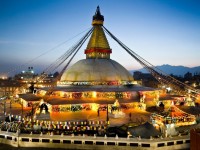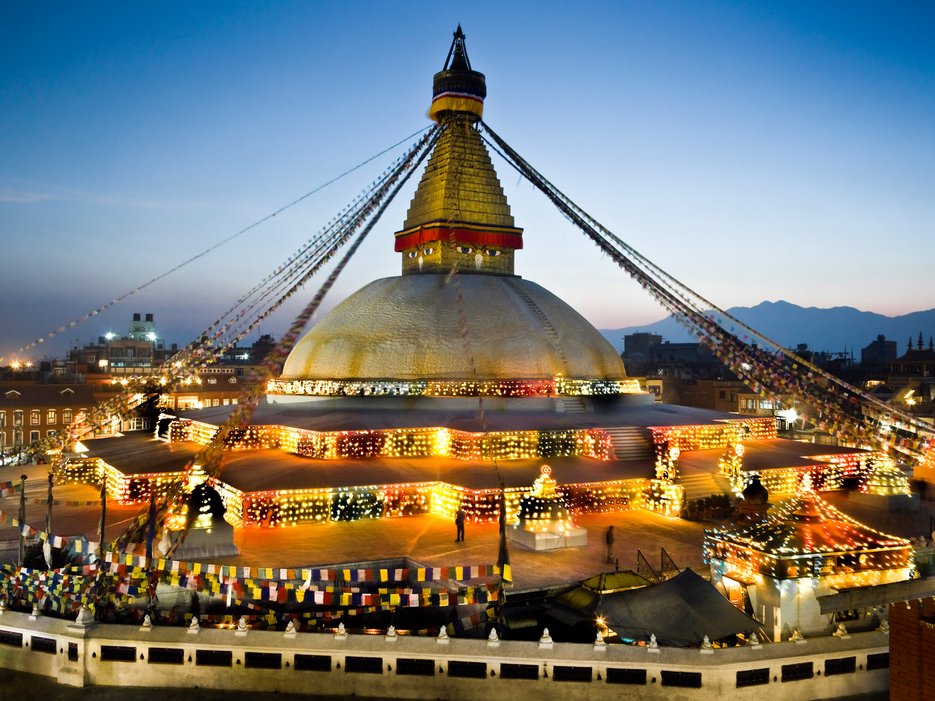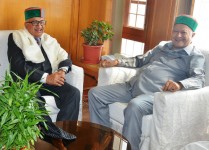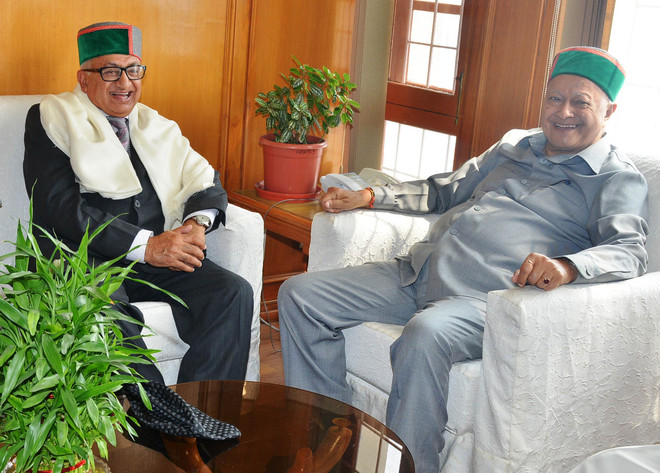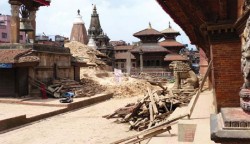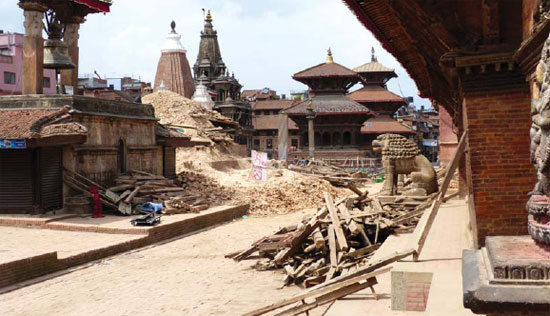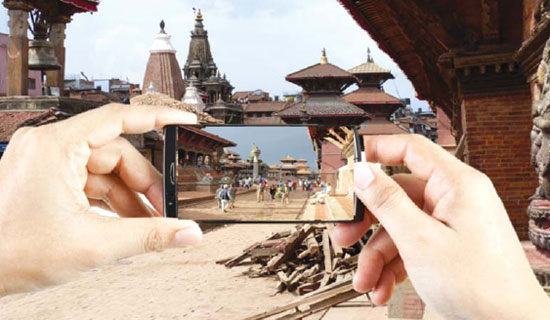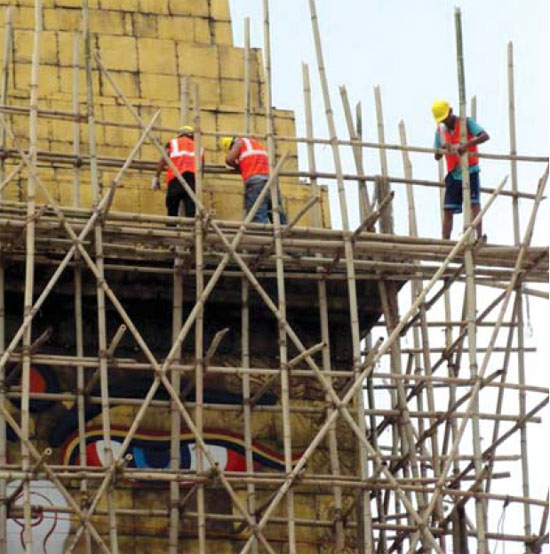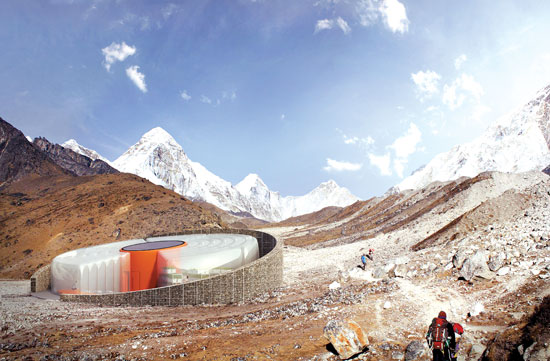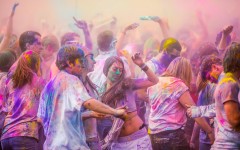

Holi is festival of color. This festival is also farewell of winter and welcoming of summer in Southern Asia. Holi is celebrated in full moon day in Phalgun . Hence, Holi is also called Fagu Purnima. Holi is called Dhuli in Sanskrit.
Holi is welcoming of spring and summer. It is also observed to get blessing of God for coming harvests and fertility of the land. This festival is celebrated in most of South Asian counties. Actually Holi is the night of Falgun Krishna Chaturdasi but celebration starts from the very next day on Purnima. Holi is the festival of color, friendships and love.
The ancient Hindu festival of Holi falls on late February or on early March. Allegedly named after the mythical demoness Holika, it is a day when the feast of colours is celebrated. The festival is of a week. However, it’s only the last day that is observed by all with colours. The ancient Hindu festival of Holi falls on late February or on early March. Allegedly named after the mythical demoness Holika, it is a day when the feast of colours is celebrated.
The festival is of a week. However it’s only the last day that is observed by all with colours. Phagu is another name for Holi where Phagu means the sacred red powder and Pune is the full moon day, on which the festival ends. People can be seen wandering through the streets either on foot or on some vehicle, with a variety of colours smeared over them. Families and friends get together and celebrate the occasion with a lot of merry making. This spring time celebration is also an outburst of youthful exuberance in which throwing colours and water bolloons (lolas) on passer- by is acceptable. But, the Indian community, that is, the Marwari class who has settled down in Nepal for centuries and the people of Terai celebrate it a day later with more pomp and ceremony.
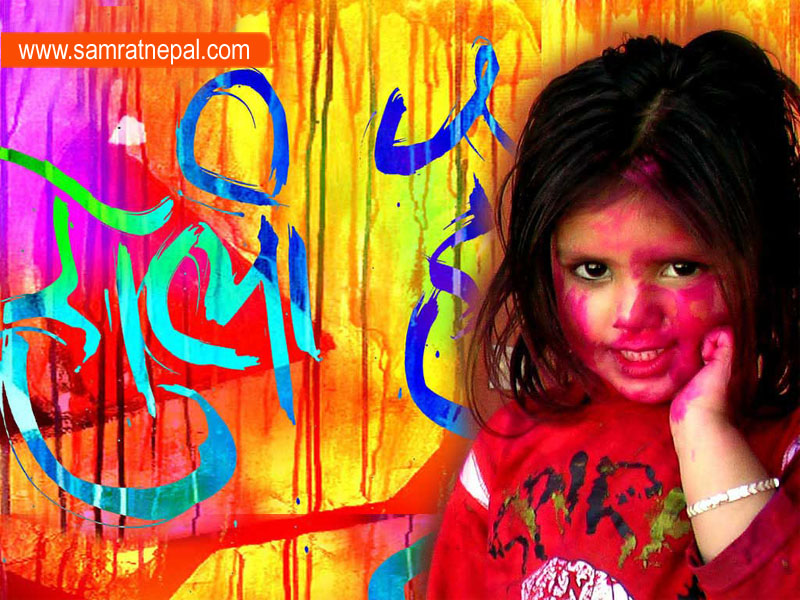
Contact Us:
E-mail: sales@samratnepal.com
Phone: +977 – 9851030564
Location: Gairidhara, Kathmandu, Nepal.
Website: www.samratnepal.com





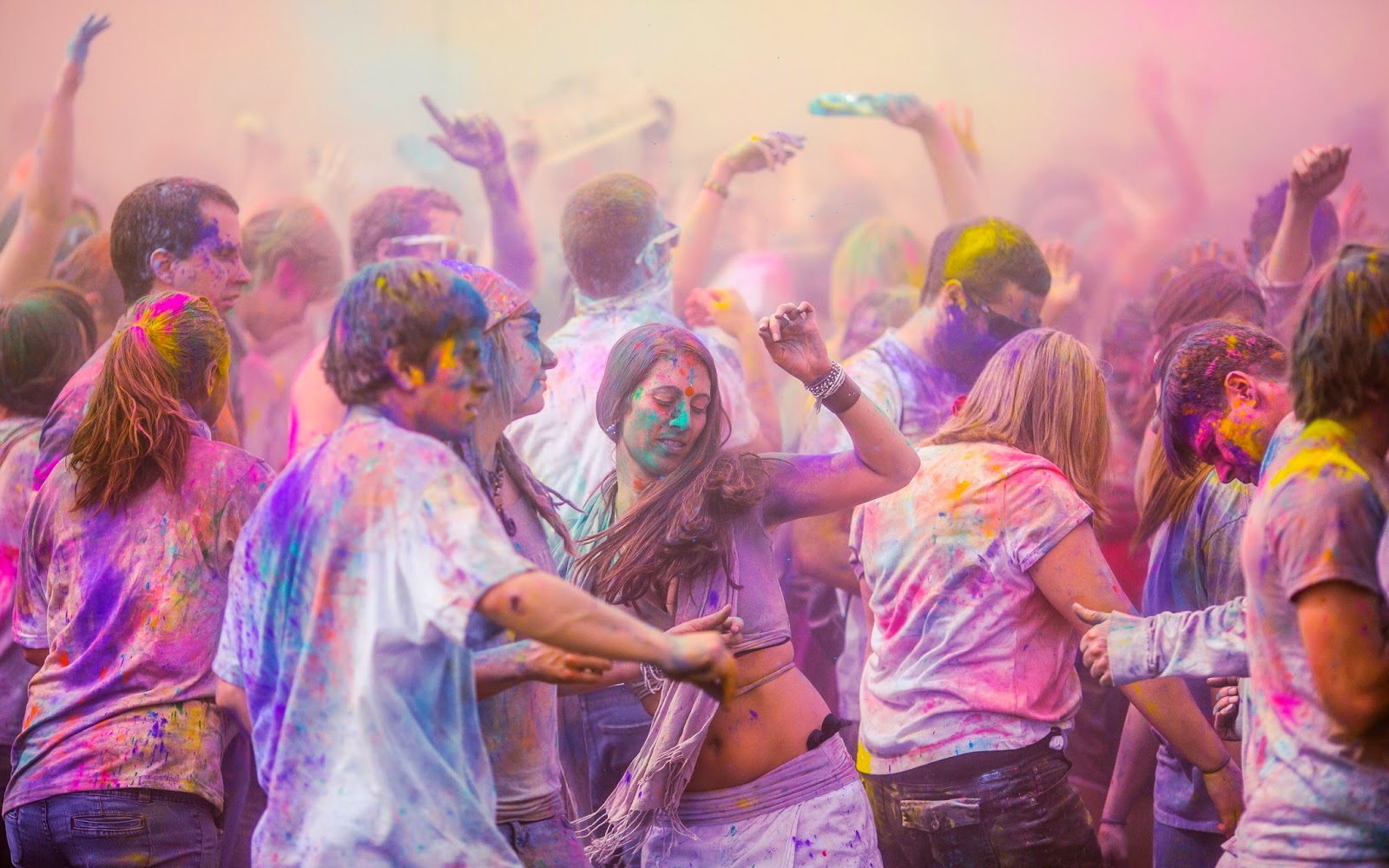
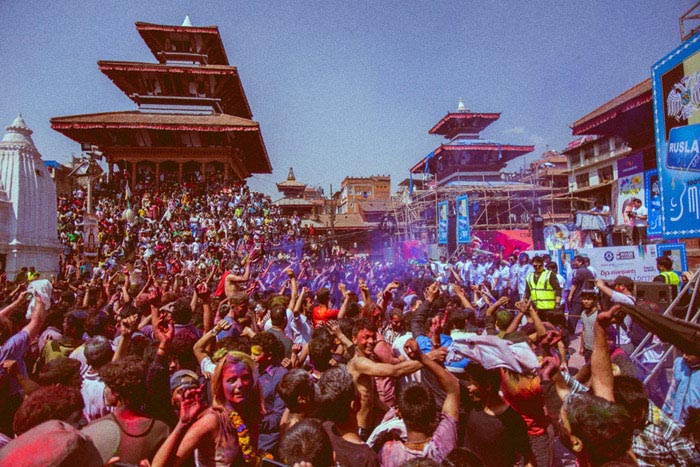
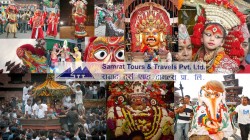

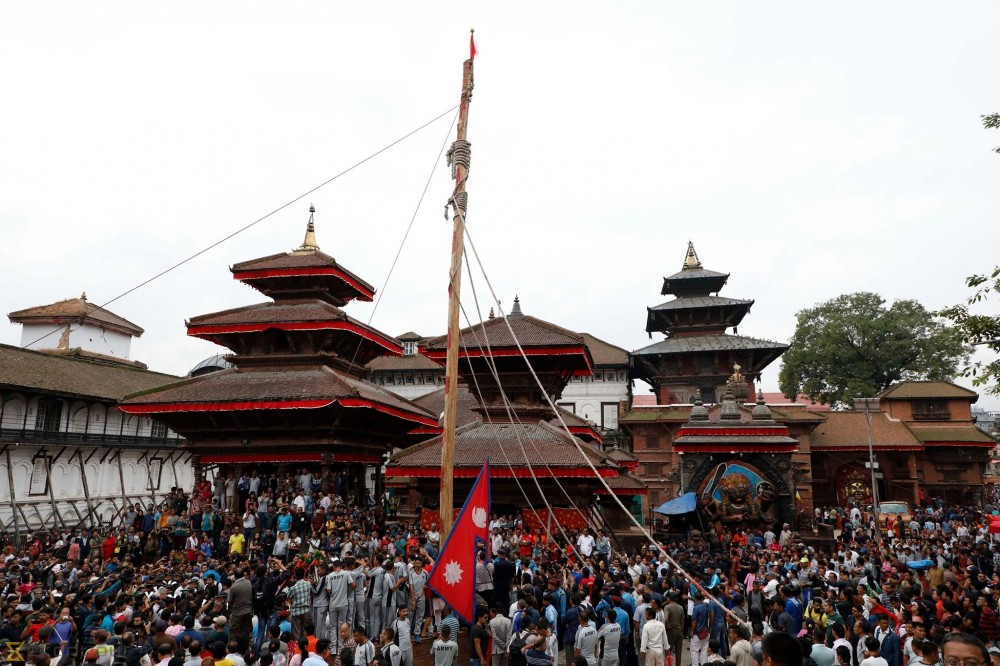
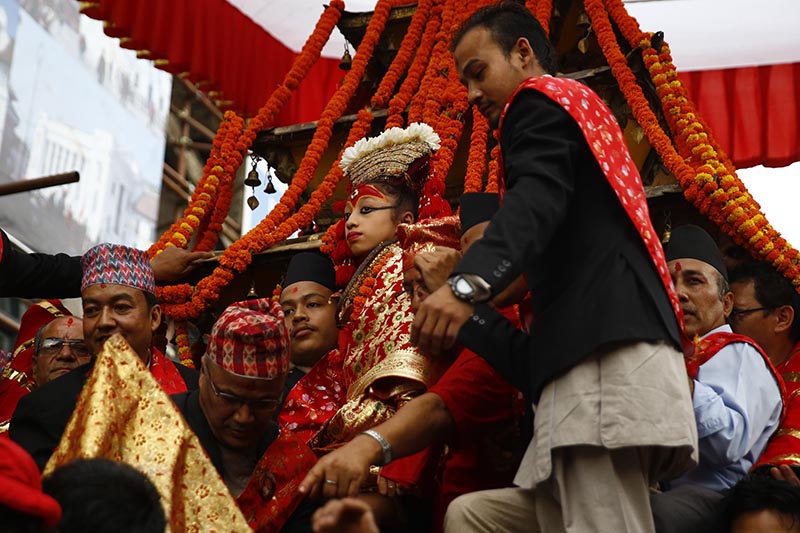 The procession consists of:
• Majipa Lakhey
• Pulukishi
• Sawan Bhaku
• Ganesh (Chariot)
• Kumar (Chariot)
• Kumari (Chariot)
The procession consists of:
• Majipa Lakhey
• Pulukishi
• Sawan Bhaku
• Ganesh (Chariot)
• Kumar (Chariot)
• Kumari (Chariot)